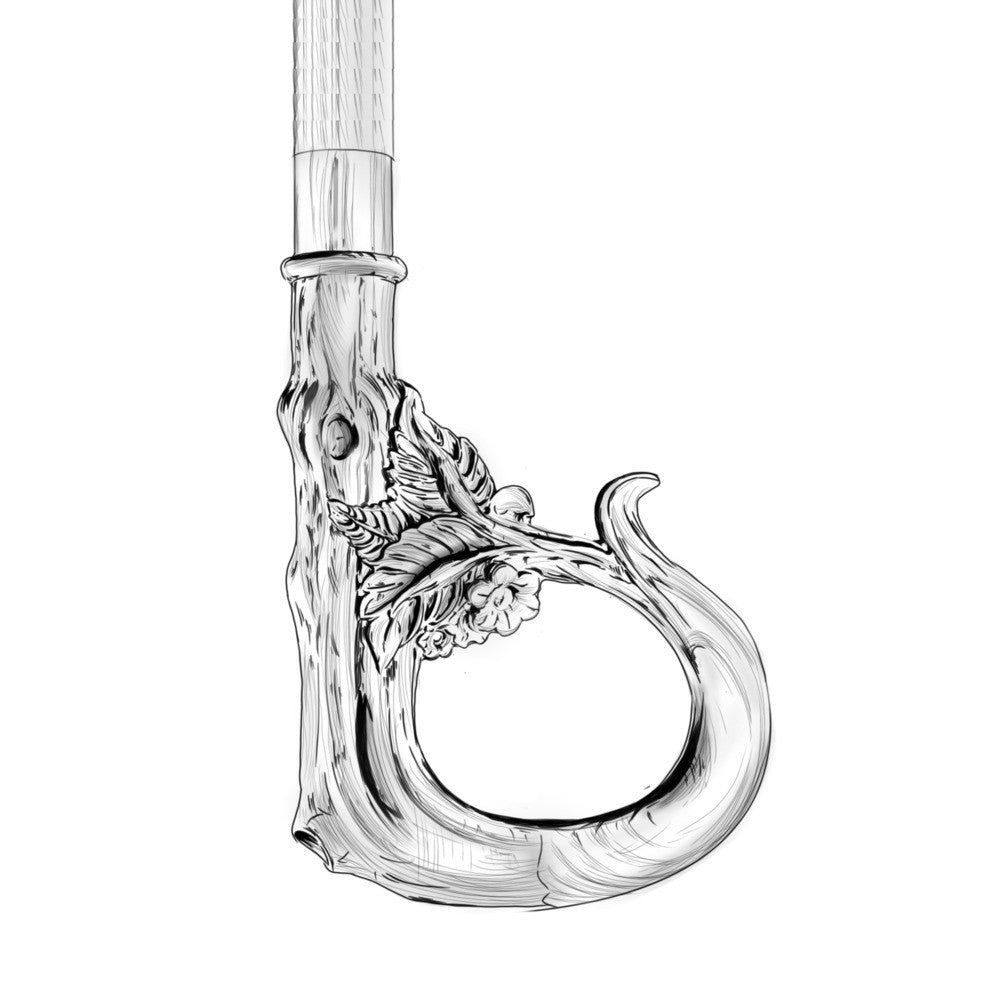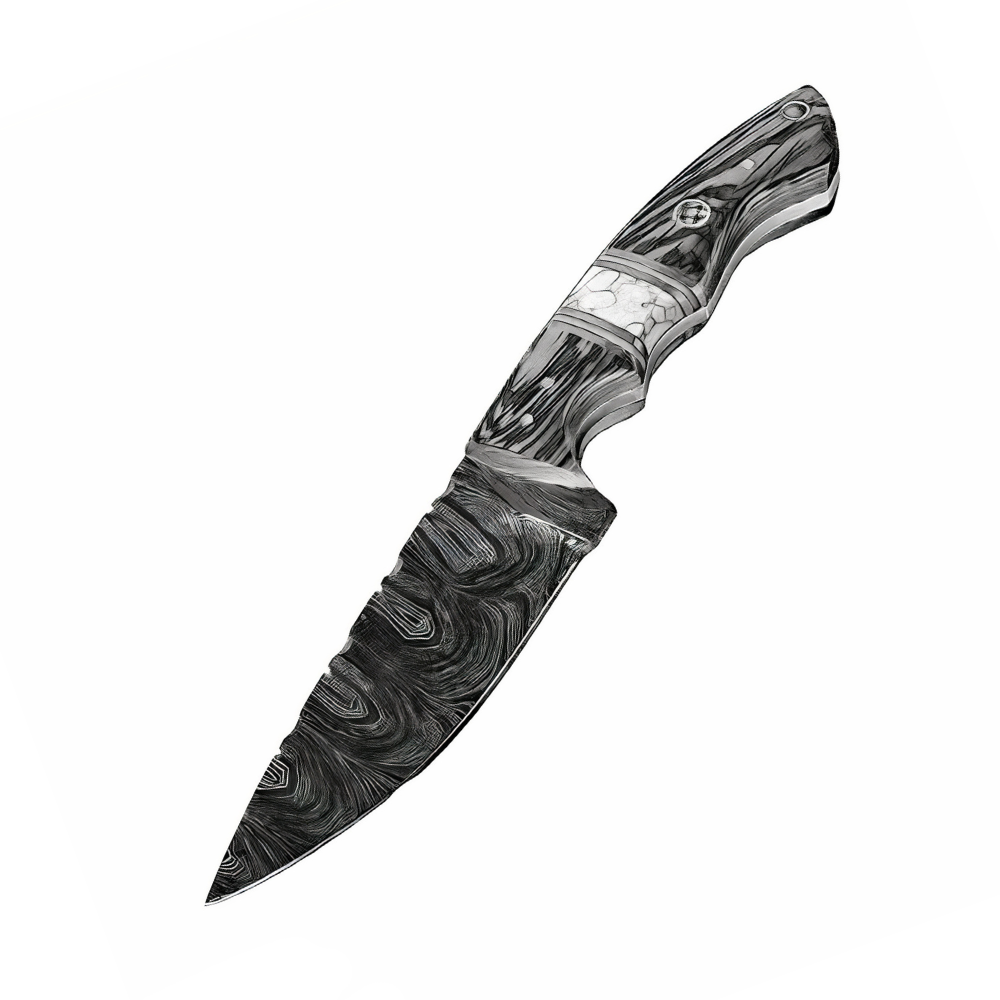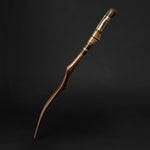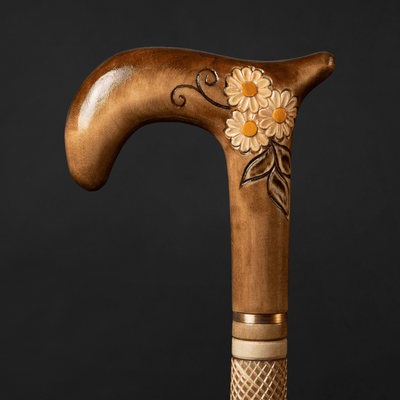You have no items in your shopping cart.
Recent Posts
-
How an Ergonomic Walking Cane Handle Prevents Hand and Wrist Strain?
-
How to Walk With a Cane Correctly to Avoid Back or Shoulder Strain?
-
5 Common Mistakes People Make When Buying a Walking Cane (and How to Avoid Them)
-
How to Choose a Walking Cane That Reflects Your Personality (Not Just Your Needs)?
-
Walking Canes That Match Formalwear for Weddings and Events
-
Why Walking Canes Are the New Fashion Statement?
MOST POPULAR NOW
18
Apr
In this blog we want to show you one example of walking cane collection. This is the walking stick collection of Jonathan Howell.
The walking stick collection of Jonathan Howell
The owner of this walking stick collection is the great-great-grandson of Jonathan Howell who ran a business making these walking sticks.

The business produced one and a half million sticks a year in 1893, before eventually going bust in the 1930s.
With the collection, there is an album from the late 19th Century that shows the factory in production and many of its designs. In fact, some of these designs are included on the walking sticks. For example, a cane with a silver shoe as the handle, a bulldog head handled stick, and one with the head of a lurcher as a handle. The latter two would be worth £1,500-£2,000 each at auction. The shoe walking cane is worth £1,000-£1,500. The collection here, consisting of approximately 30 sticks, is worth around £15,000-£20,000.
Did you know? In the 17th and 18th centuries, walking sticks were an important item of the male wardrobe and an indicator of social status.
Did you know? In the 17th and 18th centuries, walking sticks were an important item of the male wardrobe and an indicator of social status.
Did you know? More than a mere aid to walking, antique sticks have served as weapons, accessories, and status symbols,. They have also been made of every conceivable material, including glass, shark vertebrae, and even African hippo teeth.
We thank BBC.com for this wonderful article!
You may also like this blog:
Also Purchased
-
Beige Walking Cane for Ladies Chamomile Flower, Wooden Walking Stick
Introducing our beautiful Beige Walking Cane for Ladies with Chamomile Flower, a Wooden Walking Stick that is hand carved and handmade, making it both pretty and unique. This walking cane...$79.50 -
Exotic Burl Wood Walking Cane – Fashionable Artisan Stick
A sculptural statement in deep, oceanic blue — this walking cane is more than a support accessory, it's wearable art. Meticulously hand-shaped from stabilized burl wood, the handle evokes the...$425.00 -
ArtWalkingSticks™ MAGIC Walking Cane, Handmade - Make to Order
This piece of art is created for those who value details. We make one of a kind, handcrafted wood and resin canes. Our Wooden Canes are completely unmatched in creativity....$430.00 -
Umbrella with Eagle Handle, Fashion Umbrella For Men
Make a bold and fashionable statement with our Umbrella with Eagle Handle - a unique and functional accessory designed for men. The striking eagle handle is the highlight of this...$325.00 -
Fashionable Lion Shoehorn Long Handle, Pearly Brown Shaft, Handmade
Introducing our Fashionable Lion Shoehorn, a handcrafted, long-handled shoe horn with a pearly brown shaft that's both stylish and practical. The intricate Lion design adds a touch of elegance to...$240.00 -
ArtWalkingSticks™ MAGIC Red Walking Cane - Unisex, Handmade
This piece of art is created for those who value details. We make one of a kind, handcrafted wood and resin canes. Our Wooden Canes are completely unmatched in creativity....$425.00
































